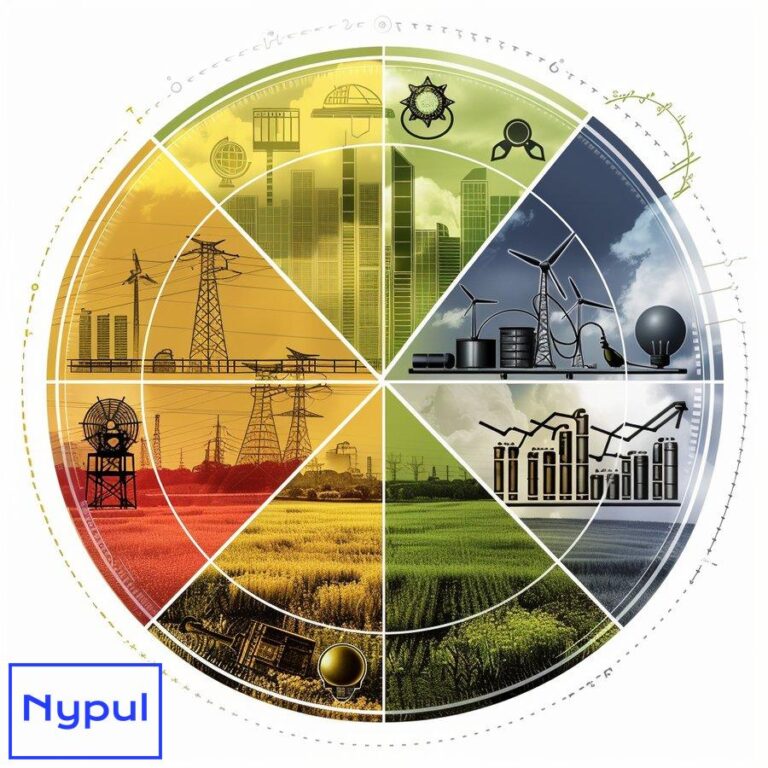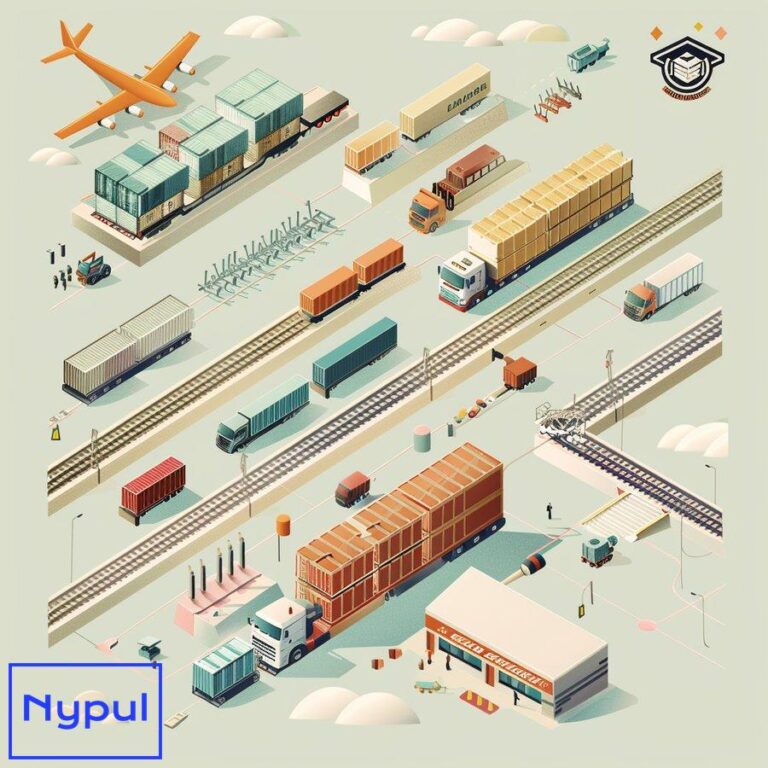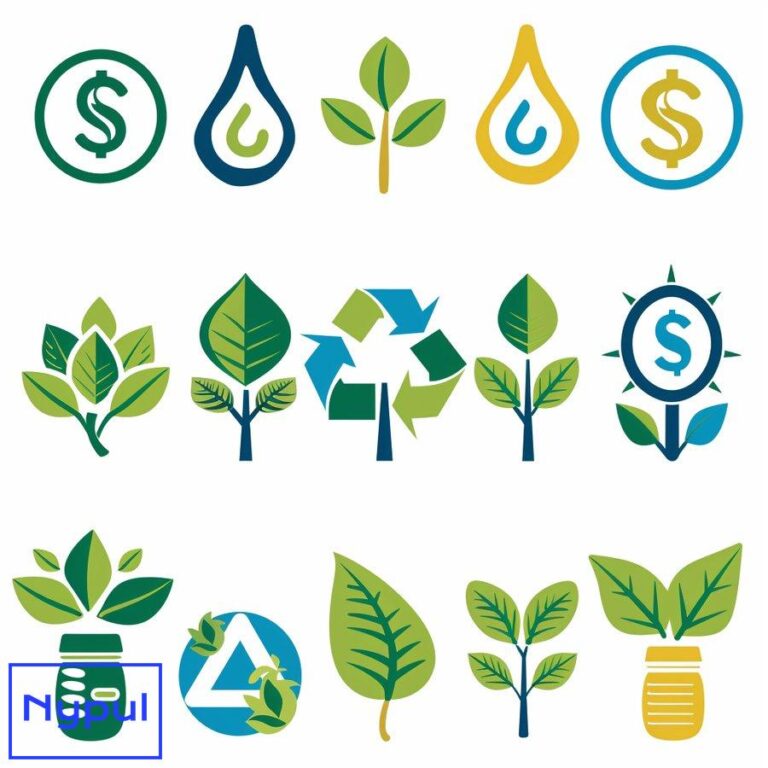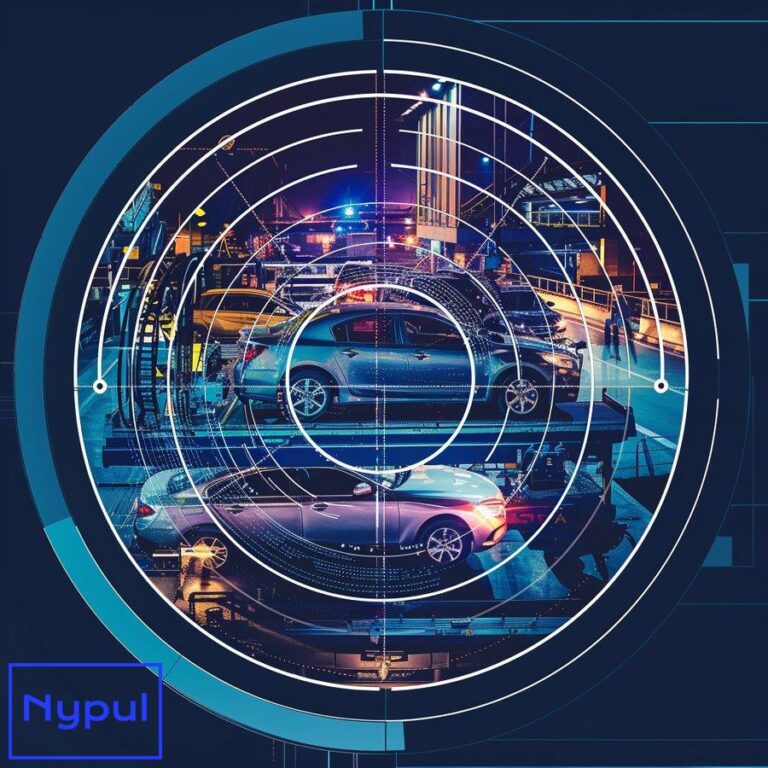What Is Alternative Fuel Infrastructure
Alternative fuel infrastructure refers to the network of facilities, equipment, and systems designed to support the production, distribution, and use of non-conventional fuels. These fuels serve as alternatives to traditional petroleum-based gasoline and diesel, aiming to reduce environmental impact and dependence on fossil fuels. The infrastructure encompasses a wide range of components, including: Fueling stations:…








